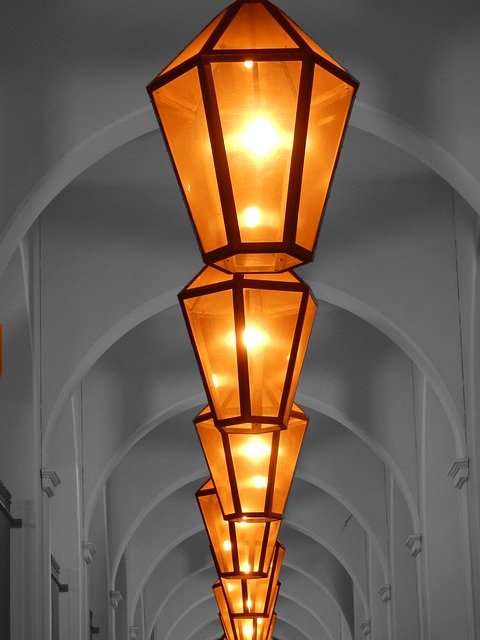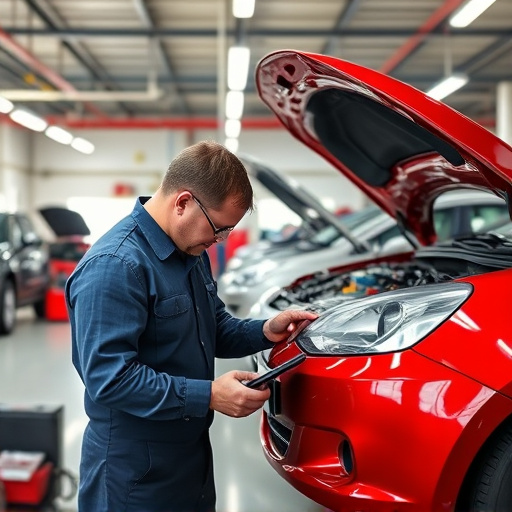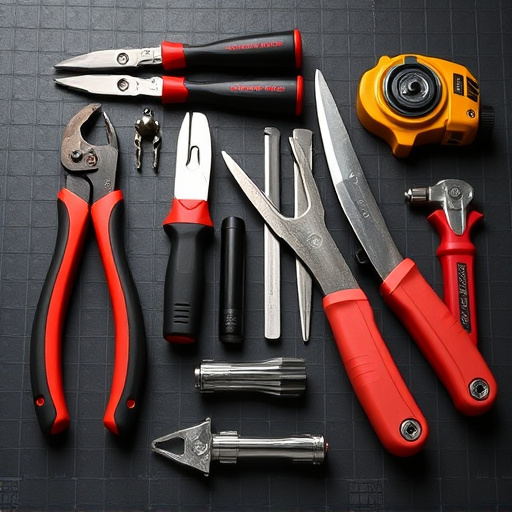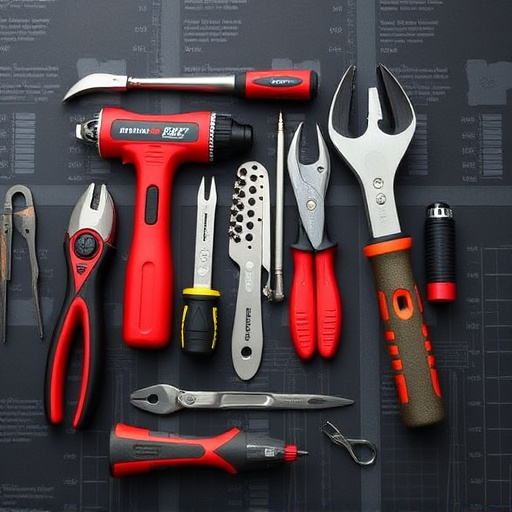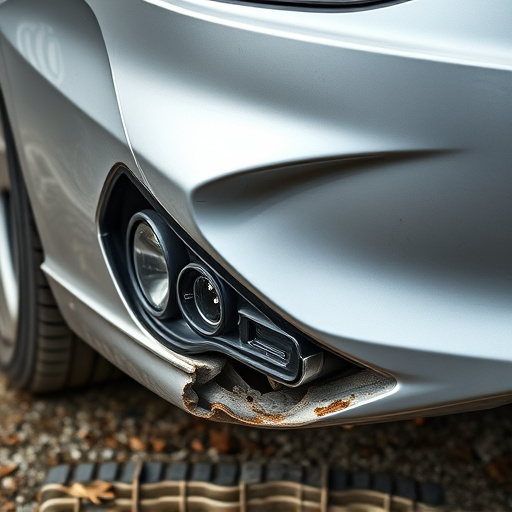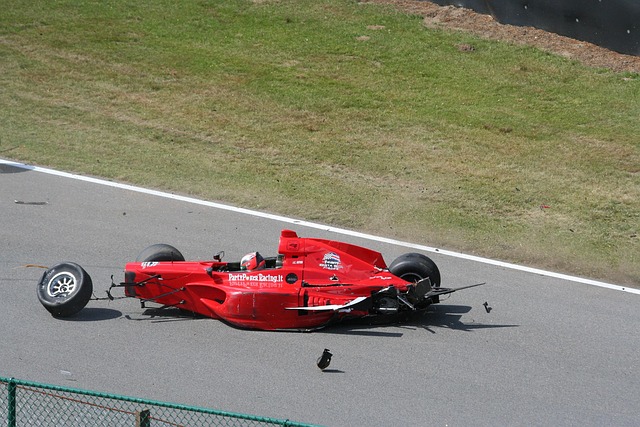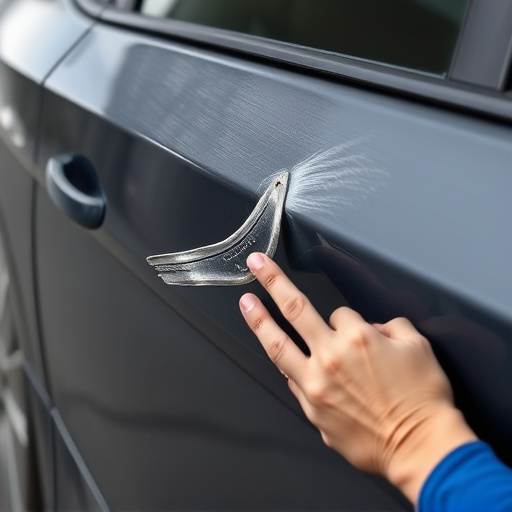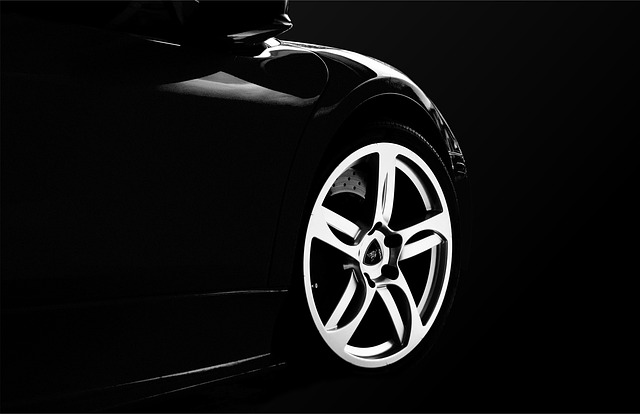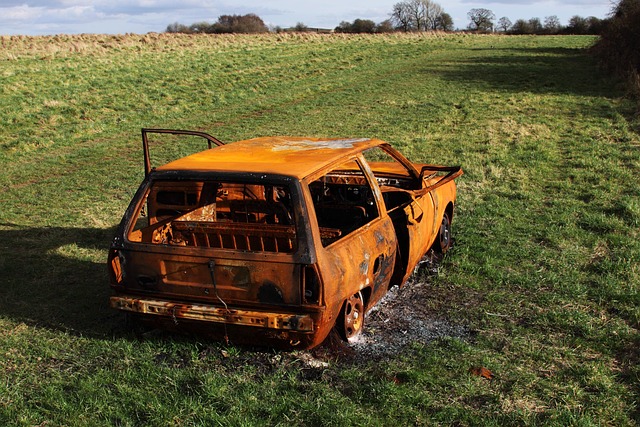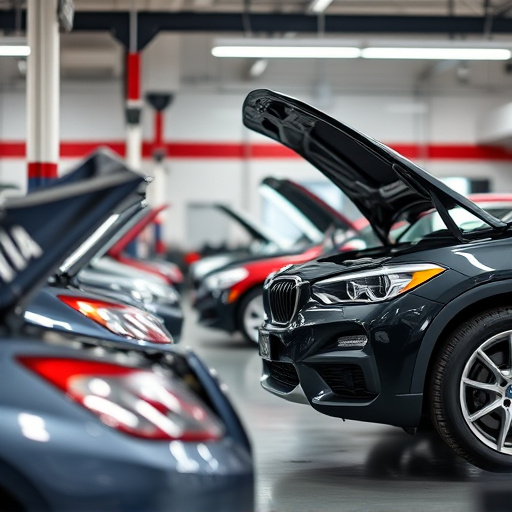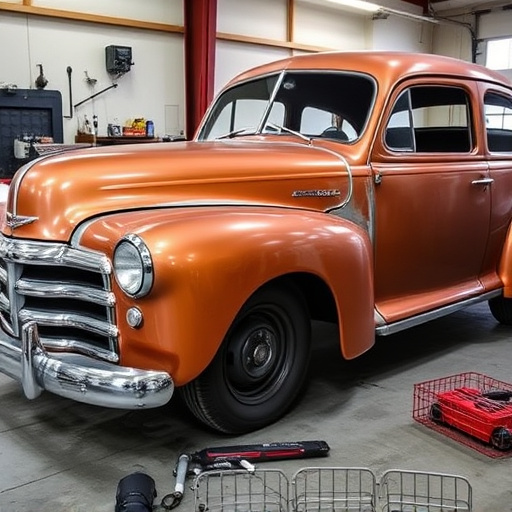Corrosion, a natural but harmful process, weakens structures over time, posing significant risks to metals in construction and automotive sectors. In auto body repair, corrosion protection is critical for maintaining structural integrity, aesthetic appeal, and safety. Distinguishing between structural and cosmetic repairs, the former focusing on metal frames and joints with specialized techniques like replacement parts, welding, coatings, and sealing, while the latter enhances appearance without impacting structural soundness. Tailored strategies are needed for each repair type. Key measures include protective coatings, undercoating, sealing vulnerable areas, regular maintenance checks, and early detection to prevent corrosion, ensuring vehicles' longevity and aesthetic appeal.
In the realm of construction and maintenance, corrosion protection is no mere cosmetic concern—it’s a structural imperative. This article delves into the critical distinction between structural and cosmetic repairs in the face of corrosion, exploring its profound impact on the longevity and integrity of various structures.
We’ll dissect effective strategies for corrosion protection, providing insights to help professionals navigate this challenge, ensuring lasting resilience against this relentless force. From understanding corrosion’s insidious nature to implementing robust protective measures, this guide aims to empower you with knowledge for optimal structural preservation.
- Understanding Corrosion: The Threat and its Impact
- Structural vs Cosmetic Repairs: A Deep Dive into Approaches
- Effective Corrosion Protection Strategies for Longevity
Understanding Corrosion: The Threat and its Impact

Corrosion is a natural process that can have severe consequences on various materials, especially metals used in construction and automotive industries. It’s a silent enemy that weakens structures over time, leading to costly repairs or even failures. Understanding corrosion involves recognizing its mechanisms and effects; once a material is corroded, it can no longer withstand external forces, compromising the integrity of buildings, bridges, and vehicles.
In the context of car bodywork services and auto body repair, corrosion protection is paramount. Car collision repair professionals must address existing corrosion to prevent further damage. The impact of unchecked corrosion includes weakened joints, delaminations, and even structural failures, posing safety hazards. Effective corrosion protection measures are essential to ensure longevity, preserving both structural integrity and the aesthetic appeal of vehicles, which are vital considerations in any auto body repair process.
Structural vs Cosmetic Repairs: A Deep Dive into Approaches
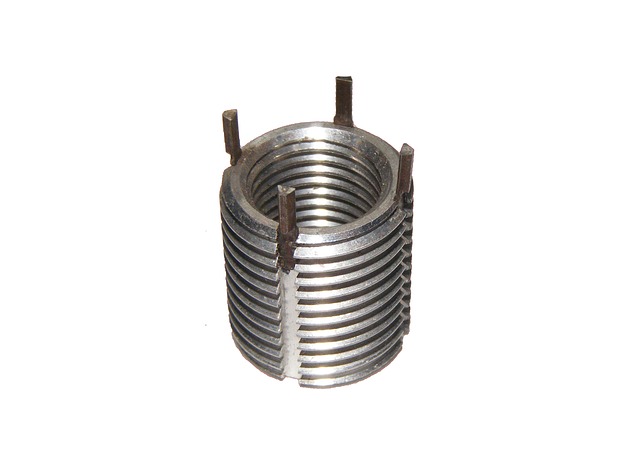
When it comes to structural vs cosmetic repairs, understanding the distinction is crucial for effective corrosion protection. Structural repairs focus on addressing critical components that ensure a vehicle’s safety and integrity, such as metal frames, chassis, and essential joints. The primary goal here is to prevent further damage and maintain the structural soundness of the vehicle. These repairs often involve replacement parts, welding, or specialized techniques to strengthen and stabilize affected areas. On the other hand, cosmetic repairs primarily target the visual aspects, including auto glass repair, bumper repair, and vehicle paint repair. While these fixes enhance the car’s appearance, they don’t necessarily impact its structural integrity.
For corrosion protection, structural repairs demand a more comprehensive approach. It involves not just fixing the visible issues but also identifying and addressing underlying problems that could lead to further corrosion. This might include applying specialized coatings, using corrosion-resistant materials, or implementing preventative measures like undercoating and sealing. In contrast, cosmetic repairs focus on aesthetics, ensuring that the vehicle looks its best without necessarily delving into deep structural enhancements. Thus, each type of repair requires tailored strategies to safeguard against corrosion, with structural repairs necessitating more extensive measures due to their impact on the vehicle’s foundational elements.
Effective Corrosion Protection Strategies for Longevity
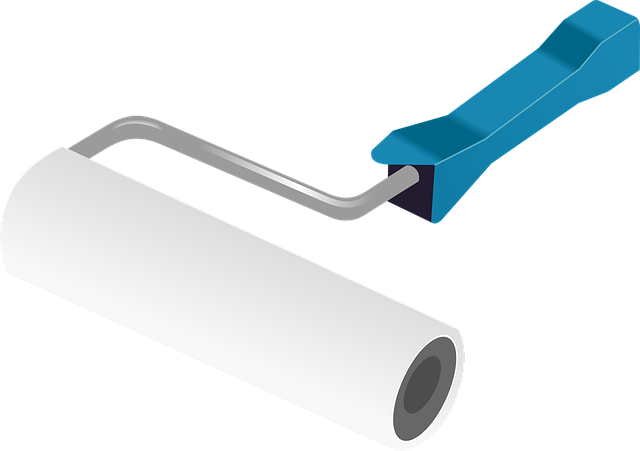
In ensuring the longevity and durability of structures or vehicles, effective corrosion protection strategies are paramount. For auto body repair and collision repair center professionals, it’s crucial to go beyond cosmetic fixes. Corrosion, often accelerated by exposure to moisture, UV rays, and environmental pollutants, can debilitate car bodywork over time. To counteract this, proactive measures such as applying protective coatings, undercoating, and sealing vulnerable areas are essential. These techniques create a barrier against moisture intrusion, slowing down the corrosion process.
Beyond these foundational strategies, regular maintenance checks play a pivotal role. Identifying and addressing potential corroded areas early can prevent further damage. This involves visually inspecting hard-to-reach corners and using specialized tools to detect subtle signs of corrosion. Incorporating these practices into standard operating procedures at auto body repair shops ensures that each vehicle leaves the facility with robust corrosion protection, extending its lifespan and retaining its aesthetic appeal.
When considering corrosion protection, understanding the difference between structural and cosmetic repairs is key. While both aim to preserve materials, structural repairs address underlying issues to ensure long-term stability, while cosmetic repairs focus on aesthetic restoration. Effective corrosion protection strategies involve a multi-faceted approach, including proper material selection, application of protective coatings, and regular maintenance. By prioritizing these measures, you can significantly enhance the longevity of structures, preventing costly repairs and ensuring safety for years to come.
